The Eternal City captivates visitors with its unparalleled combination of ancient ruins, artistic masterpieces, and vibrant street life. For first-time visitors, Rome presents an overwhelming wealth of possibilities, with nearly 3,000 years of influential history on display alongside contemporary Italian culture.
Here is a list of 20 essential experiences for newcomers to Rome, balancing iconic landmarks with authentic cultural immersion opportunities that reveal the city’s many layers.
Explore the Colosseum
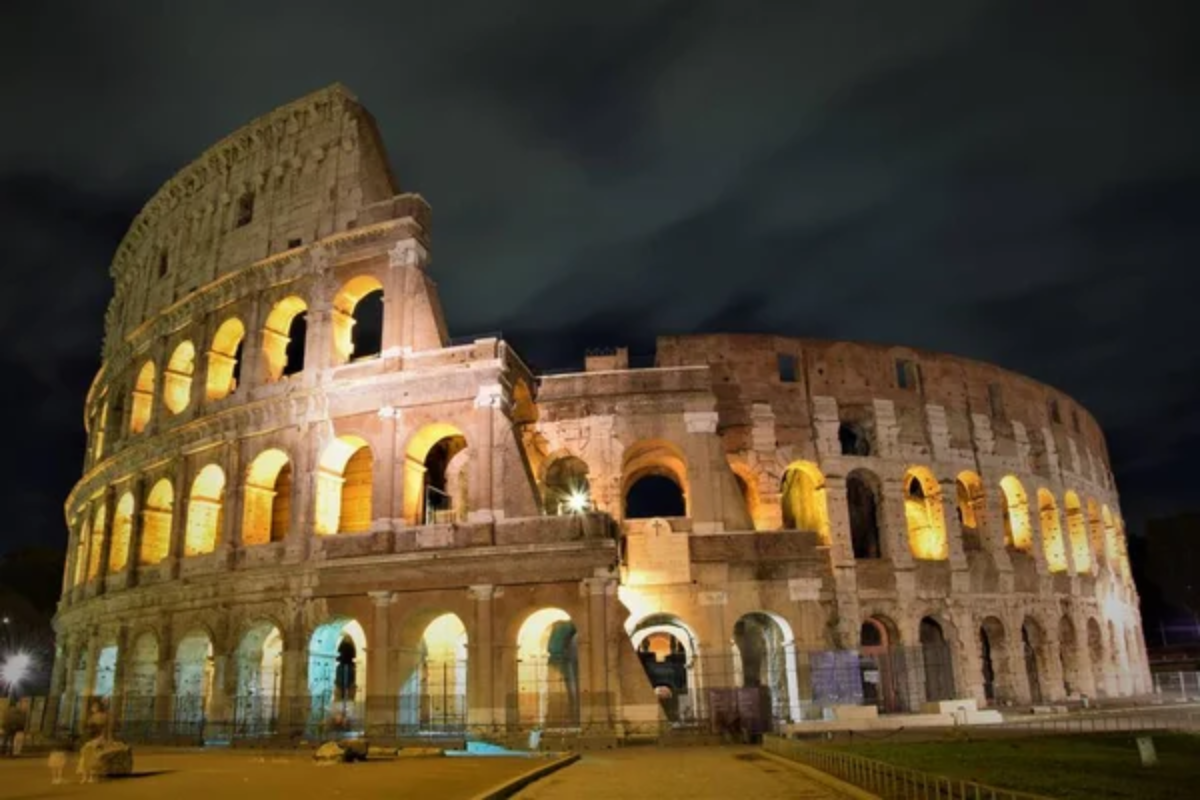
This magnificent ancient amphitheater stands as Rome’s most recognizable landmark and an engineering marvel of the ancient world. The structure once hosted gladiatorial contests and public spectacles for up to 80,000 spectators, with an intricate system of underground chambers for performers and wild animals.
Booking a guided tour grants access to restricted areas like the underground level and third tier with panoramic views across the archaeological heart of Rome.
Wander Through the Roman Forum
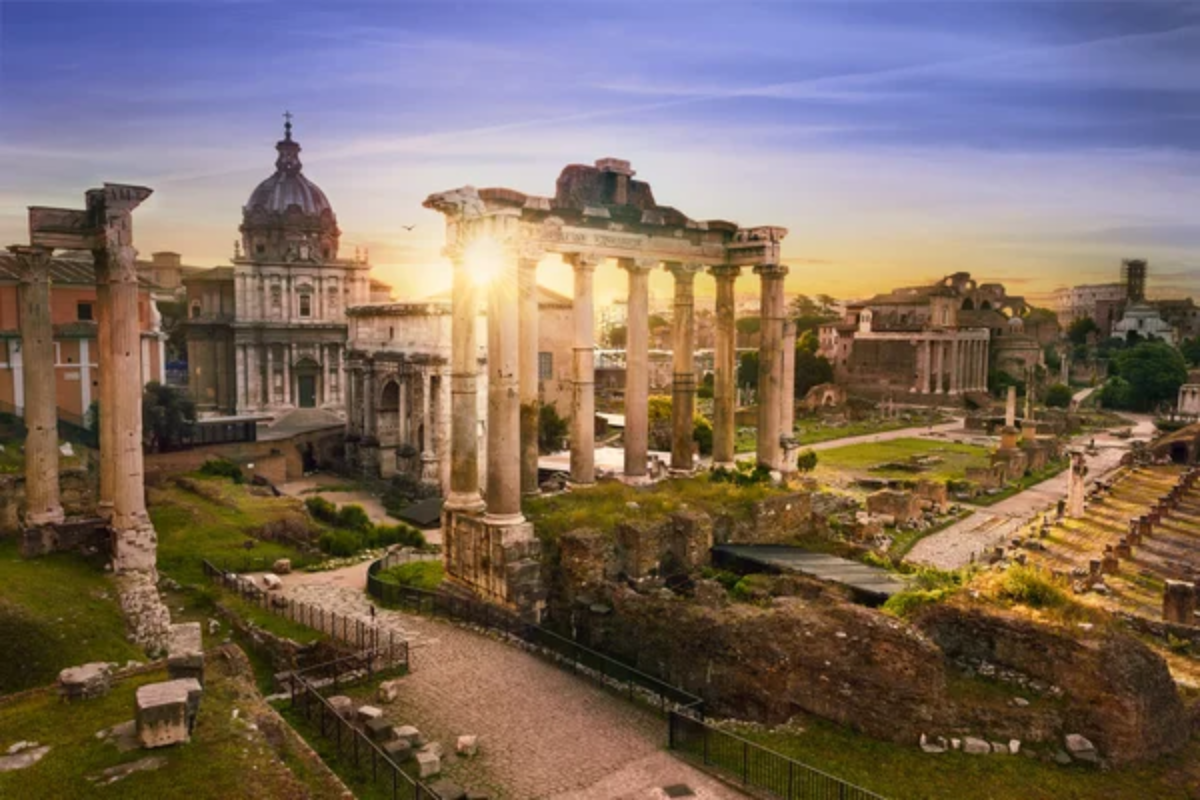
Adjacent to the Colosseum, this sprawling archaeological complex served as the center of daily life in ancient Rome. Temple ruins, triumphal arches, and government buildings reveal the political and social heart of the Roman Empire amid fragmented marble columns.
The elevated viewpoint from Palatine Hill offers the best perspective across the entire forum, helping visitors understand the layout of this once-bustling civic center.
Like Travel Pug’s content? Follow us on MSN.
Marvel at the Pantheon
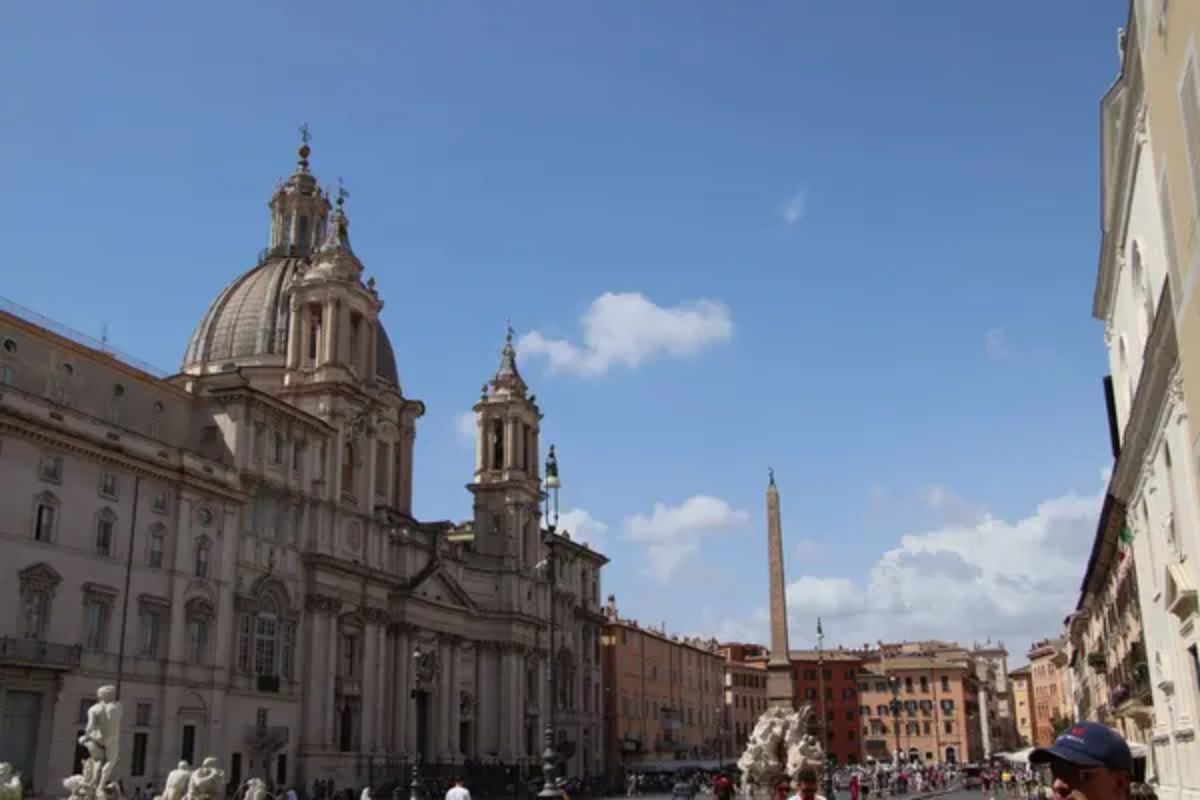
This architectural wonder features the world’s largest unreinforced concrete dome, standing intact after nearly 2,000 years. The building’s perfect proportions create an interior sphere, with the height matching the diameter at exactly 142 feet.
The Oculus, a 30-foot circular opening at the dome’s center, allows a dramatic beam of sunlight to move across the interior throughout the day, connecting visitors to the same celestial movements observed by ancient Romans.
Toss a Coin in Trevi Fountain
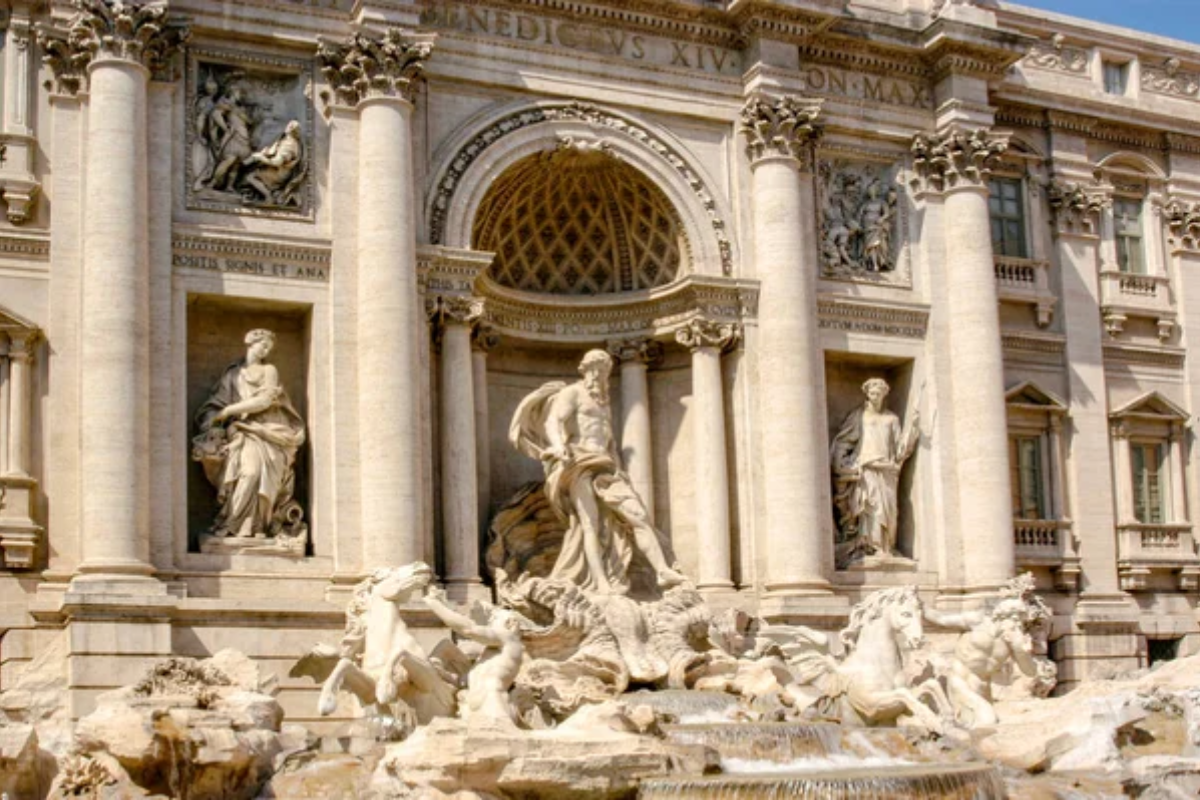
The magnificent Baroque fountain depicts Neptune’s chariot led by Tritons, with seahorses representing the changing moods of the sea. According to tradition, tossing one coin ensures a return to Rome, two coins promise romance with an Italian, and three coins guarantee marriage.
The fountain collects approximately 3,000 euros daily, with proceeds supporting charitable programs for Rome’s neediest citizens.
Climb the Spanish Steps
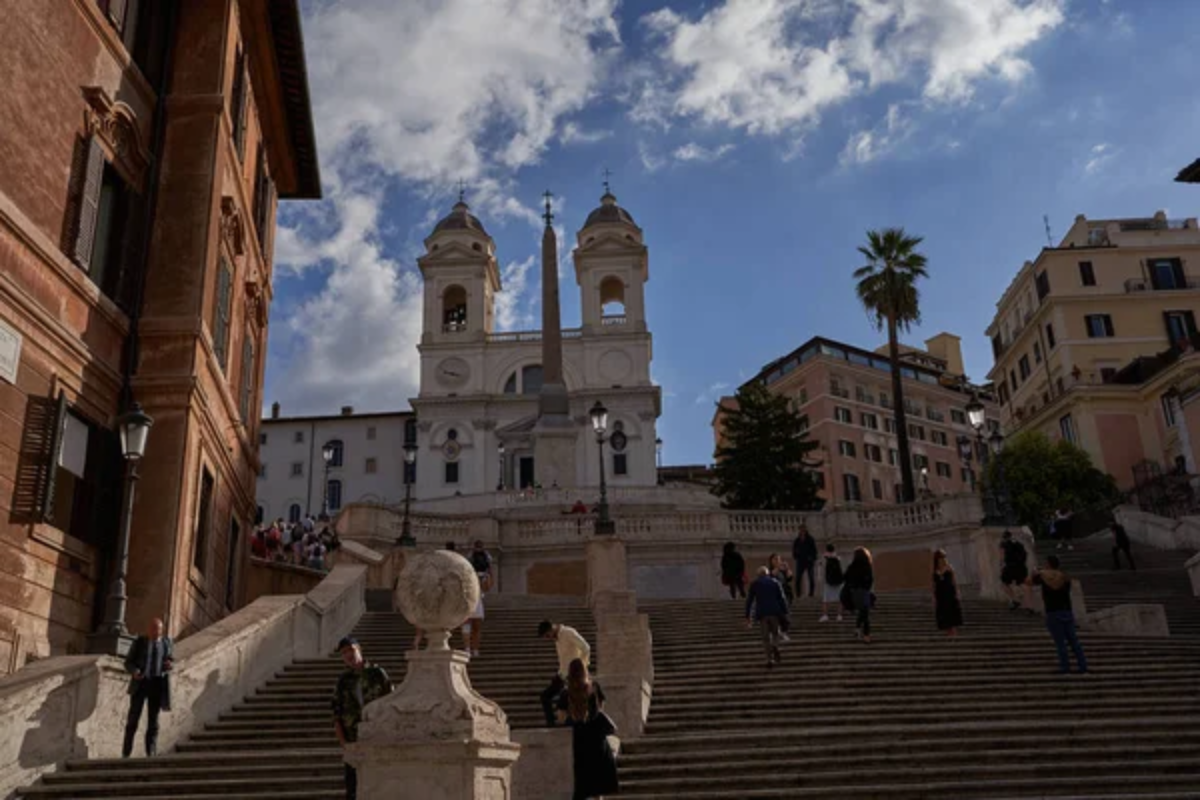
This elegant staircase of 135 steps connects the Piazza di Spagna with the Trinità dei Monti church above, creating one of Rome’s most charming public spaces. The varied terraces and curved sections make the climb less strenuous while offering multiple vantage points to observe the fashionable neighborhood below.
Early-morning visits provide the rare opportunity to experience this popular spot without crowds, especially when the adjacent azalea displays brighten the steps during spring.
Like Travel Pug’s content? Follow us on MSN.
Visit St. Peter’s Basilica
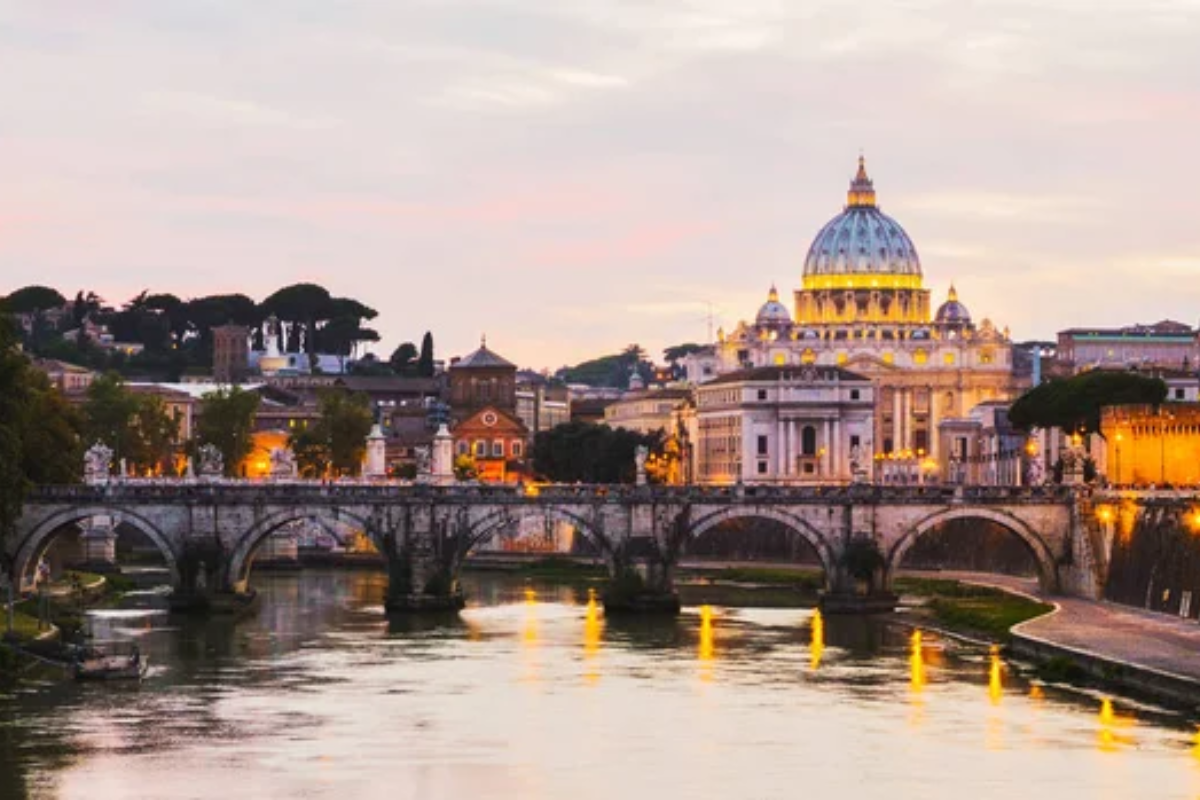
The world’s largest church stands at the heart of Vatican City with room for 20,000 worshippers beneath its soaring dome designed by Michelangelo. The interior contains masterpieces, including Bernini’s bronze canopy and Michelangelo’s Pietà, depicting Mary cradling the body of Jesus.
Climbing the 551 steps to the top of the dome rewards visitors with Rome’s most spectacular panoramic view, revealing the perfect symmetry of St. Peter’s Square below.
Admire the Sistine Chapel
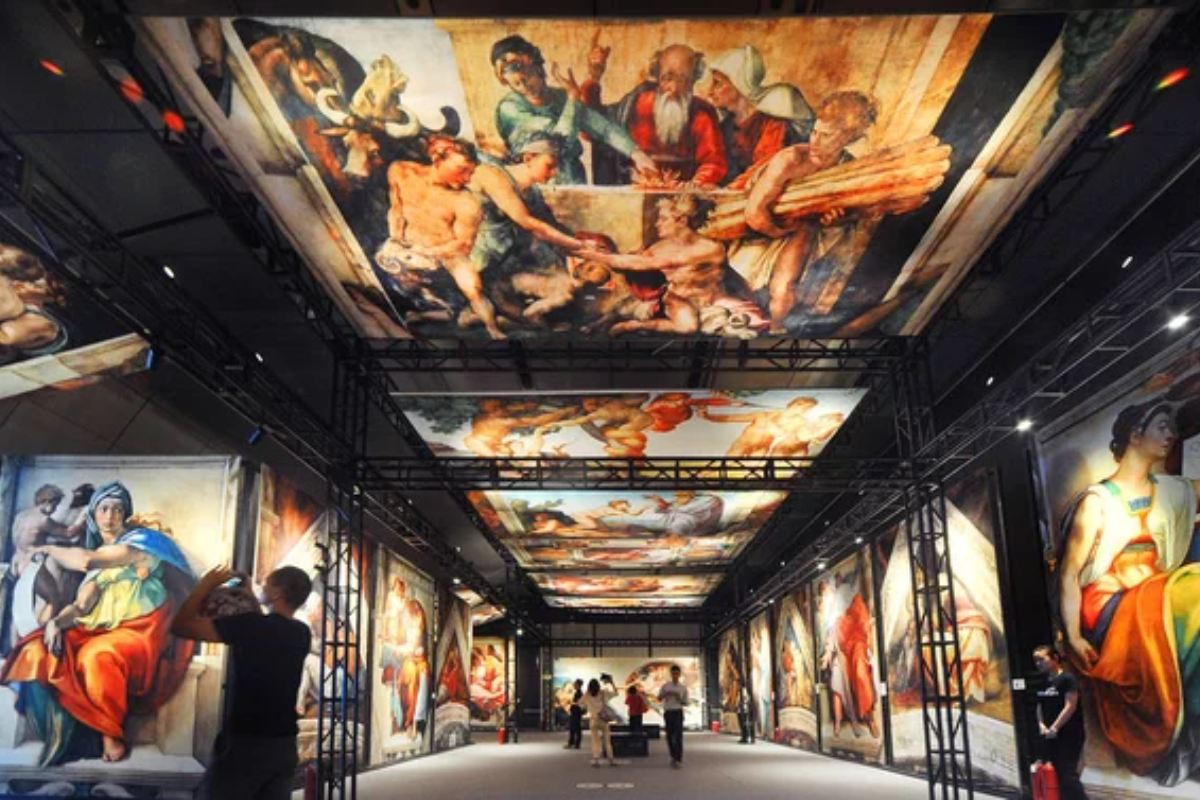
Michelangelo’s legendary ceiling frescoes and Last Judgment wall painting represent the pinnacle of Renaissance art within the Pope’s private chapel. The nine central panels depicting Creation and the Fall of Man reward extended viewing with intricate symbolism and revolutionary anatomical accuracy.
The chapel serves as the site where cardinals gather to elect new popes, adding historical significance to the artistic importance of this sacred space.
Discover the Vatican Museums
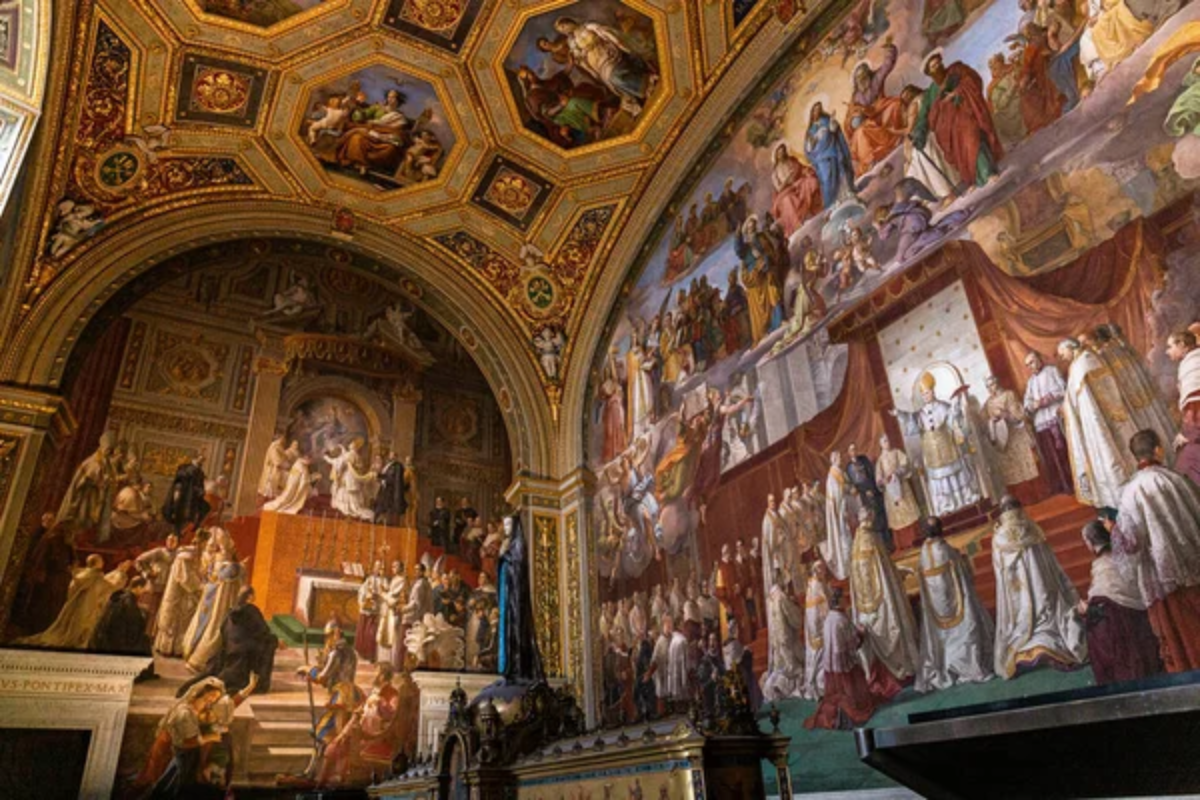
This vast complex houses one of the world’s greatest art collections gathered by popes throughout the centuries. The mapped Galleries showcase geographical knowledge of the 16th century with topographical maps of Italy painted across 40 panels.
Navigating the museums efficiently requires strategic planning, with early morning or late afternoon visits providing the best opportunity to appreciate masterpieces without overwhelming crowds.
Like Travel Pug’s content? Follow us on MSN.
Stroll Through Villa Borghese Gardens
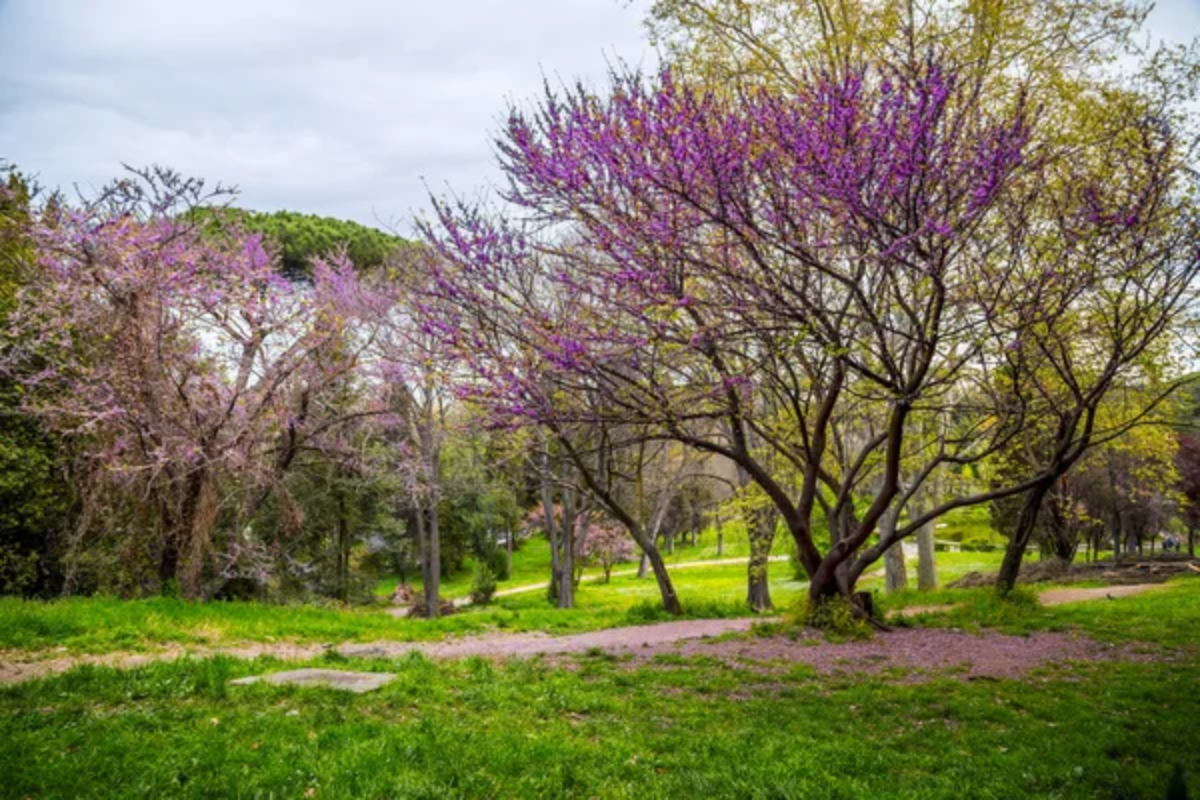
Rome’s central park offers a refreshing retreat from urban intensity with manicured gardens surrounding the world-class Borghese Gallery. Tree-lined paths, ornamental lakes, and hidden sculptures create peaceful spaces for relaxation between sightseeing expeditions.
Renting rowboats on the small lake provides a romantic interlude, while the park’s elevated position offers beautiful views across the city rooftops.
Savor Authentic Roman Cuisine

Traditional trattorias serve local specialties including carbonara, amatriciana, cacio e pepe, and suppli (fried rice balls with mozzarella centers). The Testaccio district, Rome’s historical slaughterhouse area, offers authentic dining experiences away from tourist centers with reasonable prices.
Participating in a guided food tour introduces visitors to market culture and specialized food shops and explains the historical context of Roman cuisine.
People-Watch at Piazza Navona
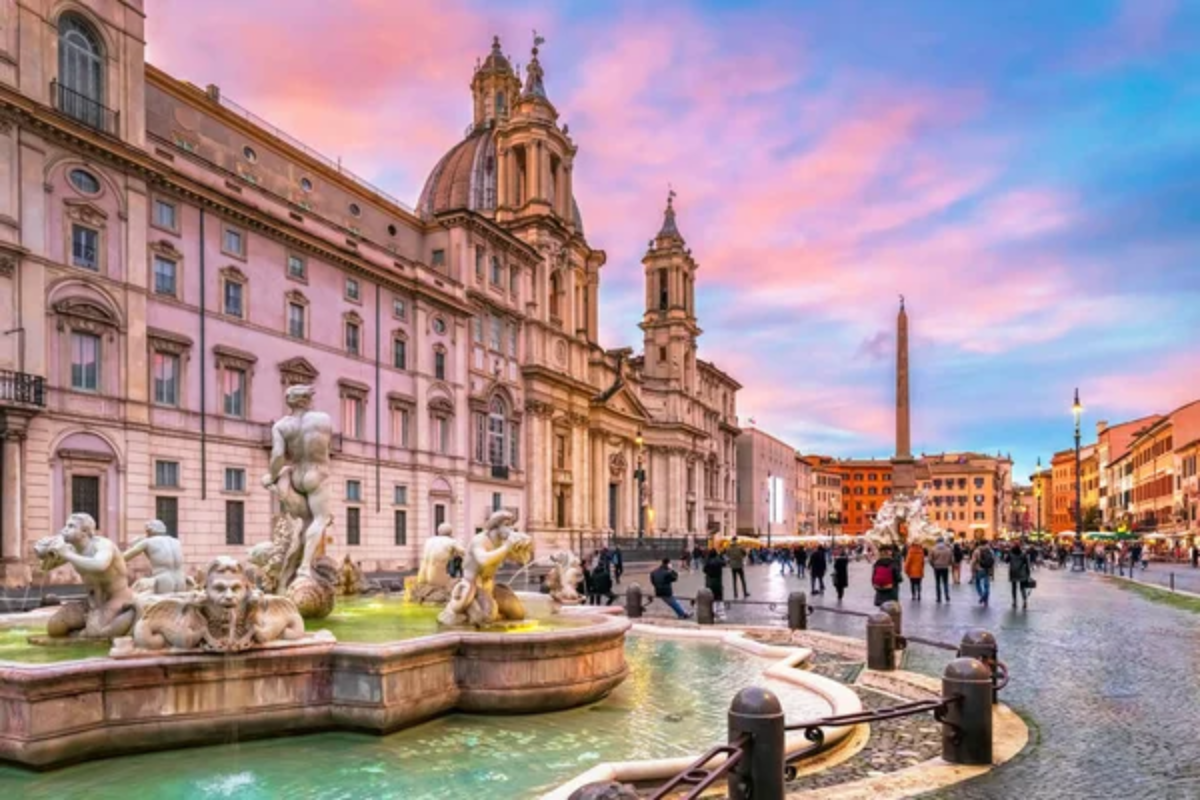
This elongated square follows the outline of the ancient Stadium of Domitian, where Romans once watched athletic competitions. Three magnificent fountains, including Bernini’s Fountain of the Four Rivers, anchor the baroque showcase space now filled with artists, street performers, and café life.
The surrounding area contains hidden architectural treasures, including the church of San Luigi dei Francesi with its priceless Caravaggio paintings depicting the life of St. Matthew.
Like Travel Pug’s content? Follow us on MSN.
Shop at Campo de’ Fiori
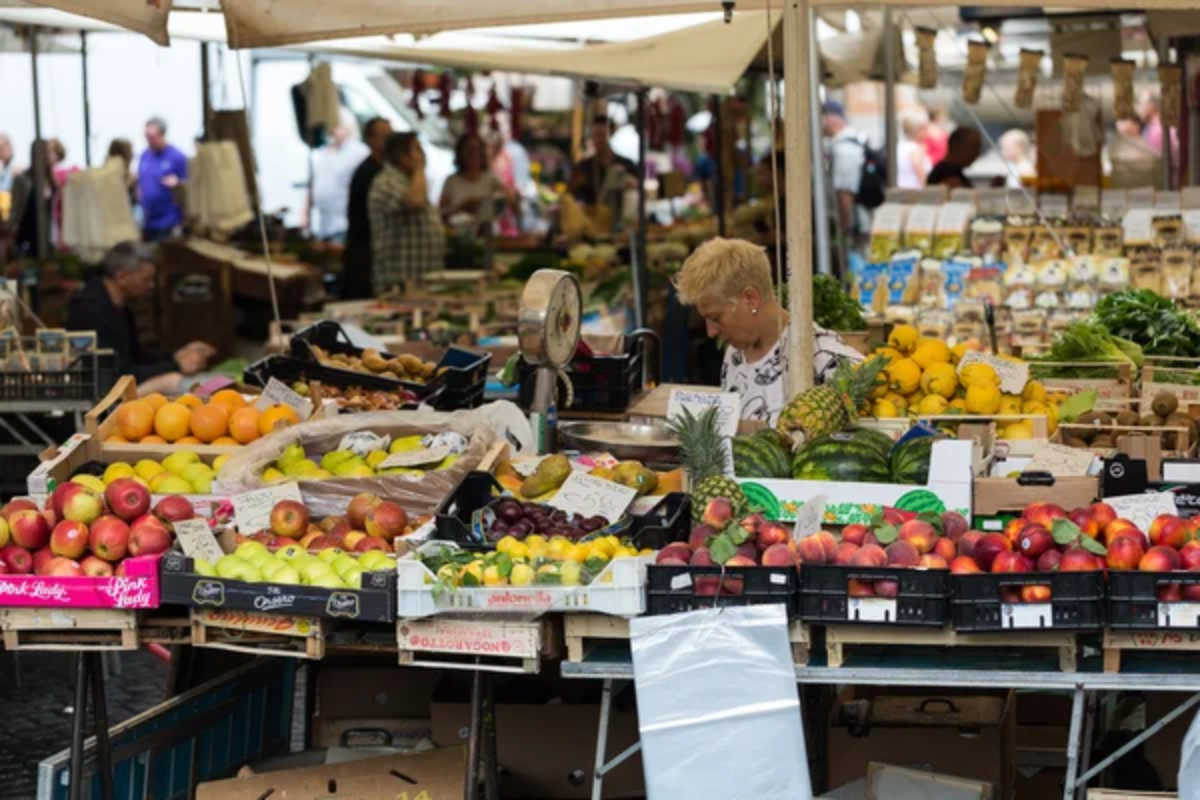
Every morning, this effervescent square plays host to the most colorful market in Rome, as vendors grace the place with overfilled displays of fresh fruits, flowers, and special foods. The meadow that spanned here prior to converting this area into a square in the Renaissance period gave the square the name ‘Field of Flowers.’
By evening, the market becomes a social gathering place – all outdoors with a youthful, lively feel under the watchful gaze of Giordano Bruno himself, a philosopher who was executed for heresy on this very spot in 1600.
Venture Into Ancient Catacombs
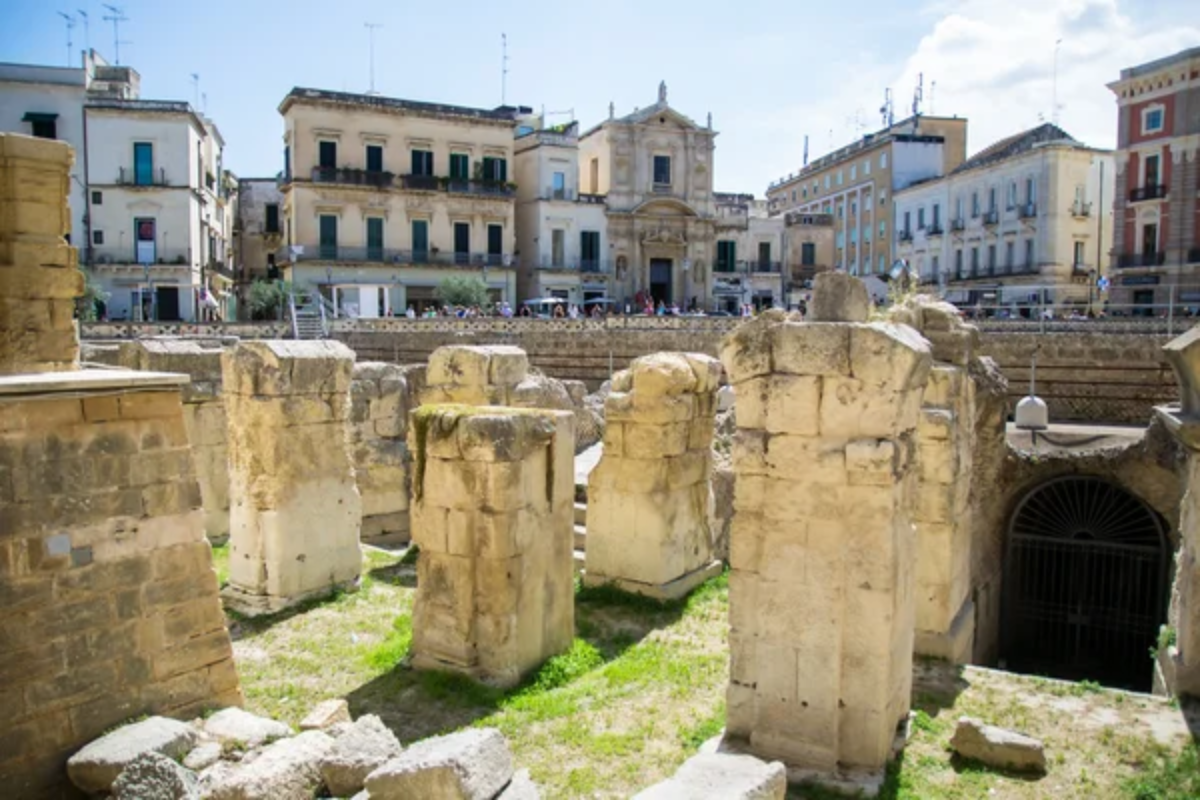
The underground burial tunnels along the Appian Way preserve early Christian art and burial practices from the 2nd through 5th centuries. Miles of passages contain carved niches and family chambers decorated with the earliest known Christian symbols and biblical scenes.
The constant underground temperature provides welcome relief during summer heat while connecting visitors with the practices of Rome’s early Christian communities during periods of persecution.
Visit the Capitoline Museums
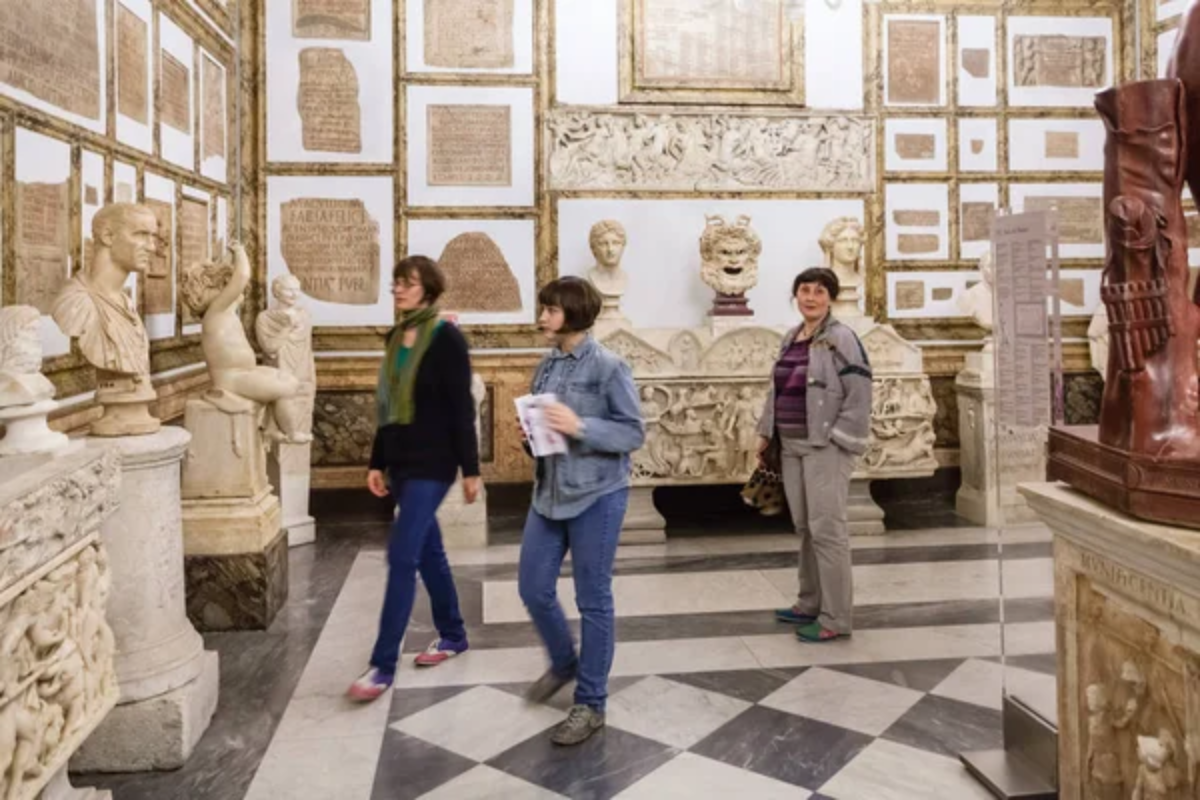
Housed in buildings designed by Michelangelo atop the Capitoline Hill, these museums showcase sculpture and art connected to Rome’s history. The original bronze equestrian statue of Marcus Aurelius (the version in the square is a copy) represents one of the few surviving ancient bronze sculptures.
The panoramic terrace offers unique views over the Forum from the historic civic center of Rome, where the city government still functions today.
Like Travel Pug’s content? Follow us on MSN.
Explore the Trastevere Neighborhood
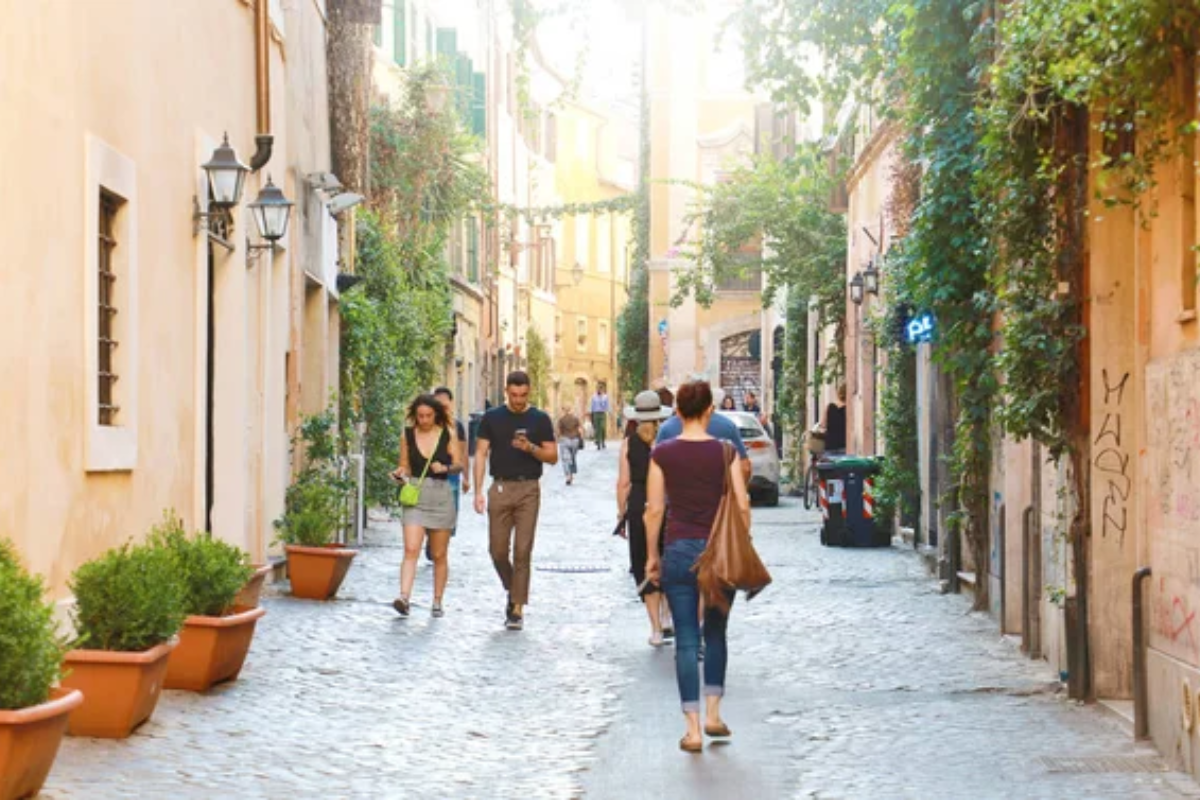
This charming district across the Tiber River preserves a medieval atmosphere with narrow winding streets and traditional buildings adorned with trailing plants. Local restaurants serve authentic cuisine at outdoor tables along cobblestone lanes illuminated by old-fashioned streetlamps.
The magnificent mosaics of Santa Maria in Trastevere church capture the Byzantine influence that once dominated Roman art, providing context for the city’s artistic evolution.
Discover Rome Underground
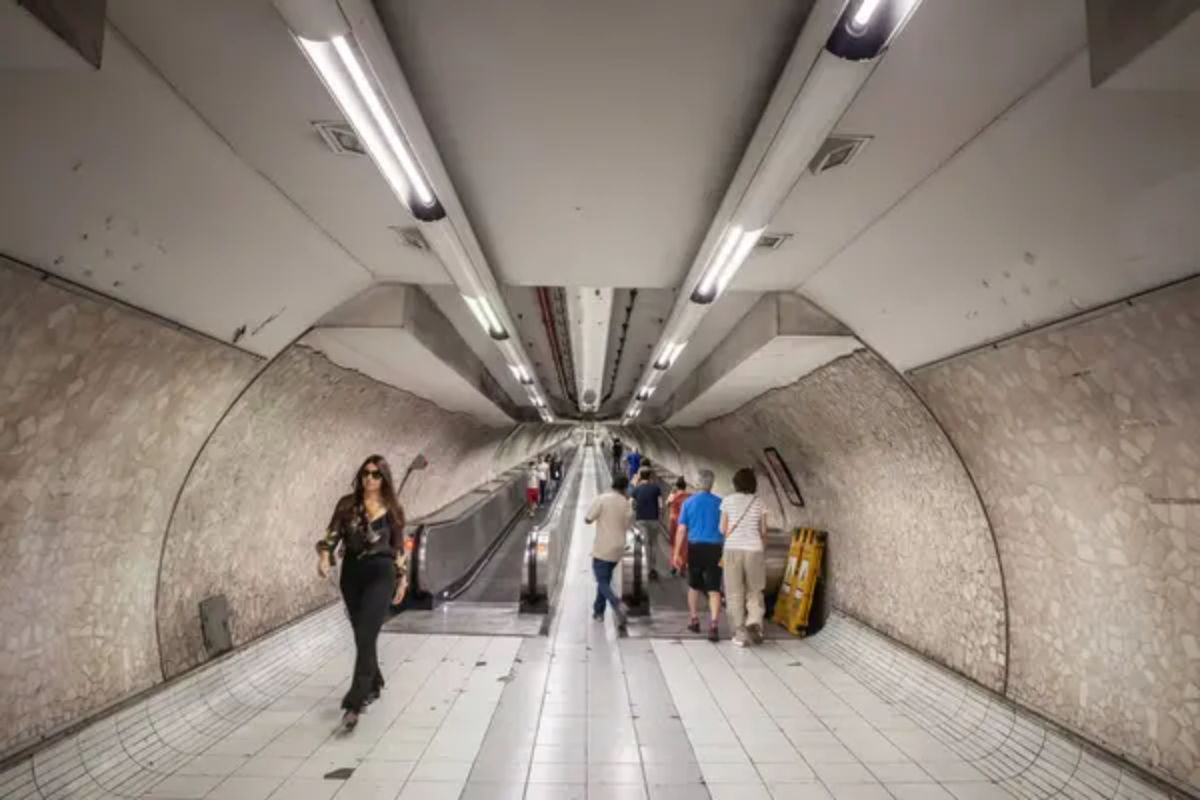
Layers of history lie beneath modern street level, with ancient structures often preserved below later buildings. San Clemente Basilica demonstrates this vertical history with a 12th-century church built above a 4th-century basilica, which itself stands over a 1st-century Roman house and Mithraic temple.
These subterranean explorations reveal Rome’s physical evolution as each generation built upon rather than replaced earlier structures.
Appreciate Galleria Borghese
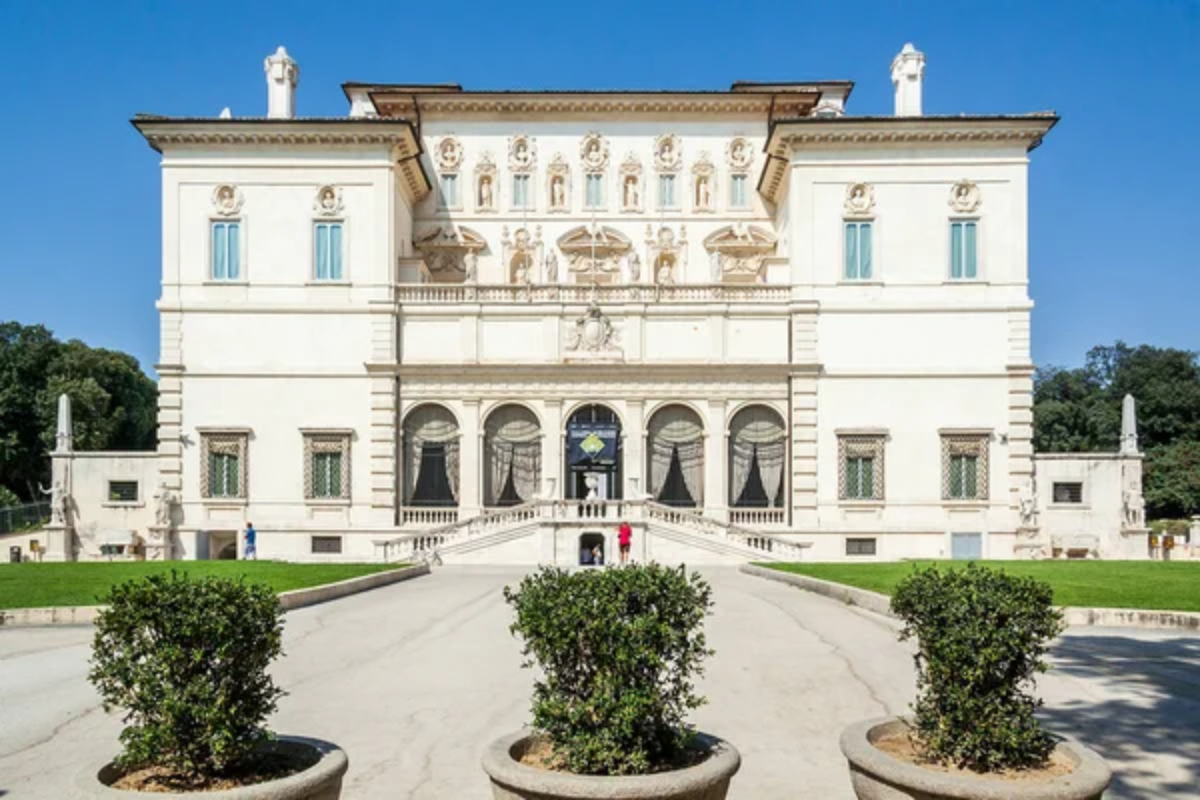
Cardinal Scipione Borghese’s collection occupies a magnificent villa surrounded by gardens. It showcases Bernini’s revolutionary marble sculptures and Caravaggio’s dramatic paintings. The cardinal’s patronage allowed Bernini to create masterpieces like Apollo and Daphne, which capture the precise moment of mythological transformation in solid marble.
Mandatory reservations limit visitor numbers, creating an intimate museum experience rarely found at major European art collections.
Like Travel Pug’s content? Follow us on MSN.
Walk the Appian Way
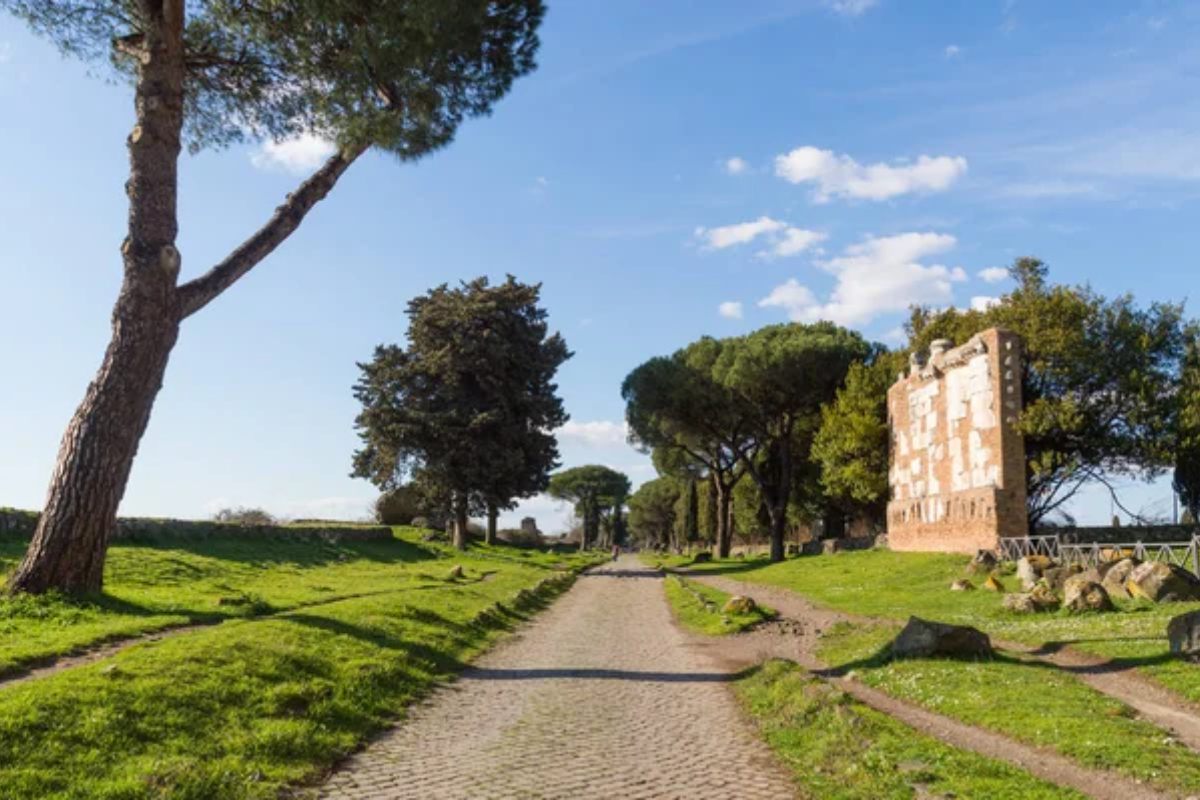
This ancient Roman road, begun in 312 BCE, features original paving stones and funerary monuments along its route leading southeast from the city. Cypress trees line sections of the road where chariots and legions once traveled to distant parts of the empire on the world’s first highway system.
Sunday visits offer the best experience as the road is closed to vehicle traffic, allowing peaceful exploration of this engineering achievement that symbolized Roman power and connectivity.
Take a Sunset View from Gianicolo Hill

This elevated vantage point provides Rome’s most comprehensive panorama, revealing domes and bell towers rising above tiled rooftops. The hill stands outside the ancient city boundaries, offering a strategic perspective across the complete urban landscape from Vatican City to the Colosseum.
The daily cannon firing at noon continues a tradition from 1847, when Pope Pius IX introduced it to synchronize church bell ringing throughout the city
Experience an Evening Passeggiata

Join locals for the traditional evening stroll through central neighborhoods, with Via del Corso and Via Condotti serving as primary routes. This social ritual combines leisurely walking with stopping to greet acquaintances and displaying one’s best attire in a distinctly Italian tradition.
The passeggiata typically culminates with aperitivo, pre-dinner drinks accompanied by light snacks at outdoor café tables, perfect for observing the stylish parade of Romans enjoying their beautiful city.
Like Travel Pug’s content? Follow us on MSN.
Eternal Impressions
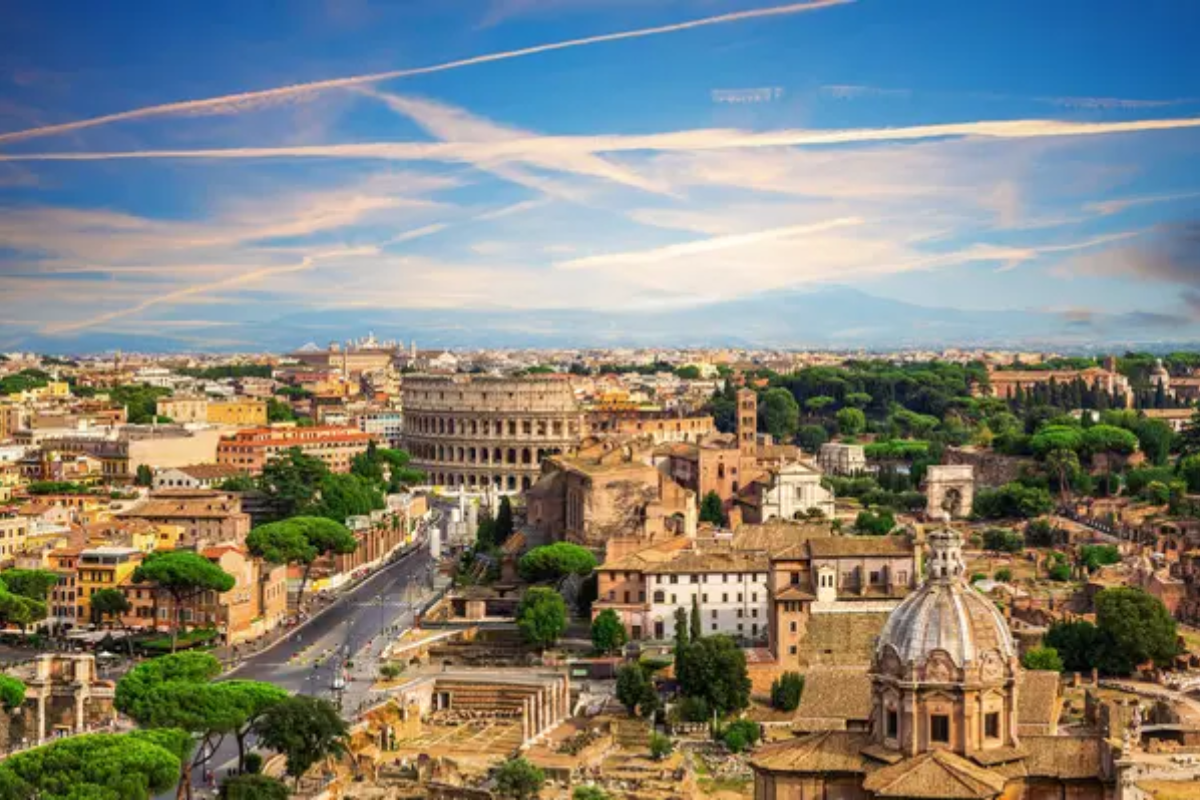
Rome rewards first-time visitors with experiences that balance monumental history against intimate cultural immersion. The city’s enduring appeal comes from this layered authenticity, where everyday life unfolds against a backdrop of extraordinary artistic and architectural achievements spanning nearly three millennia.
Rather than rushing between sites, the most memorable Roman holiday embraces the relaxed pace of local life, allowing time for unexpected discoveries down cobblestone side streets and appreciation of the living museum that surrounds you in the Eternal City.
More from Travel Pug

- Cities Growing so Fast You Won’t Recognize Them in 10 Years
- 13 Destinations Where Tourists Regularly Regret Their Trip
- 16 U.S. Cities That Are Quietly Becoming Travel Hotspots
- Where to Travel If You Love Long Bus Rides and Daydreams
- 20 Cities Perfect for Solo Travelers Who Crave Adventure & Culture
Like Travel Pug’s content? Follow us on MSN.
